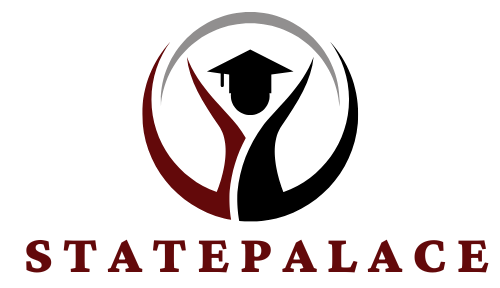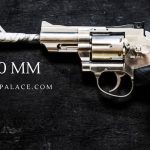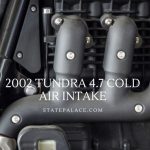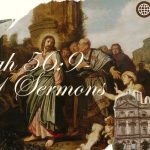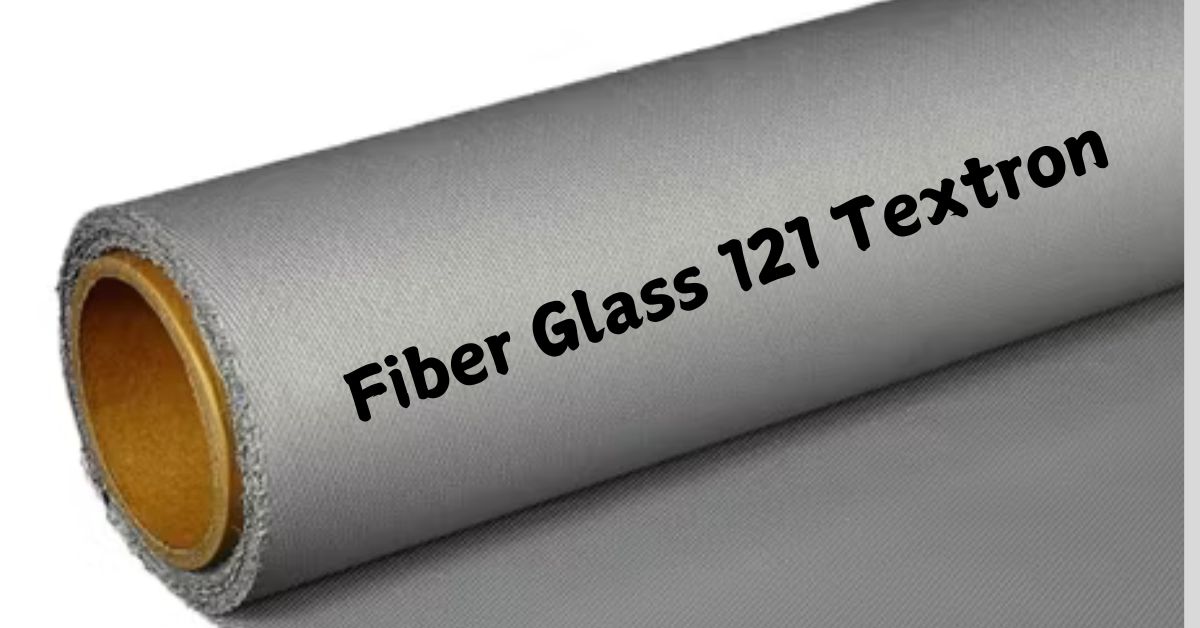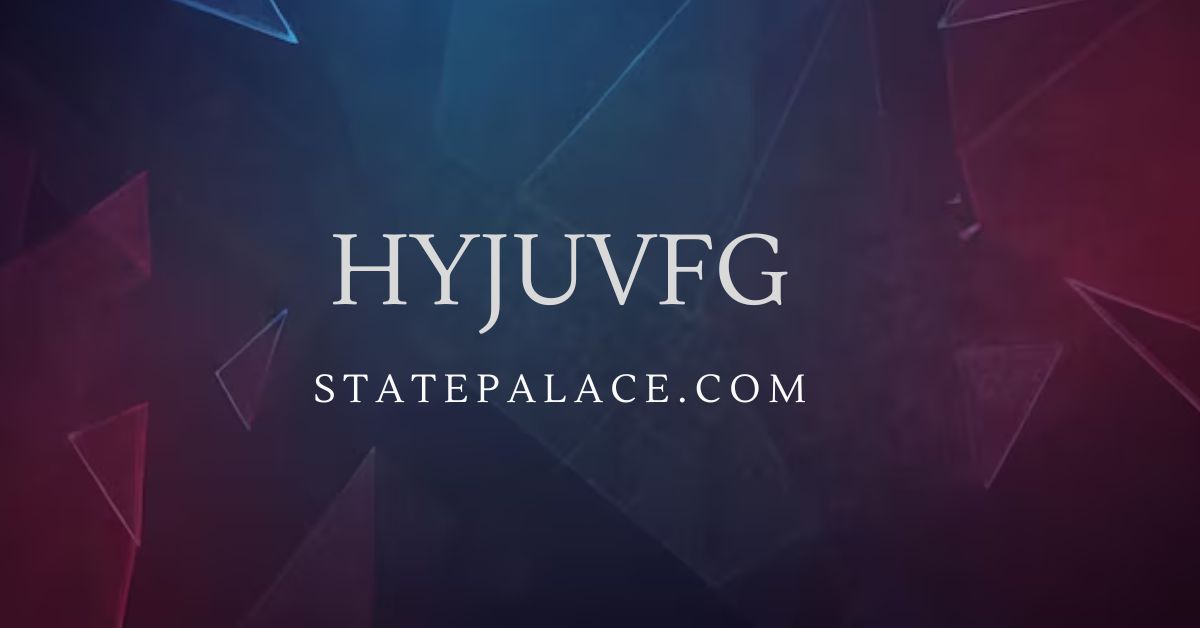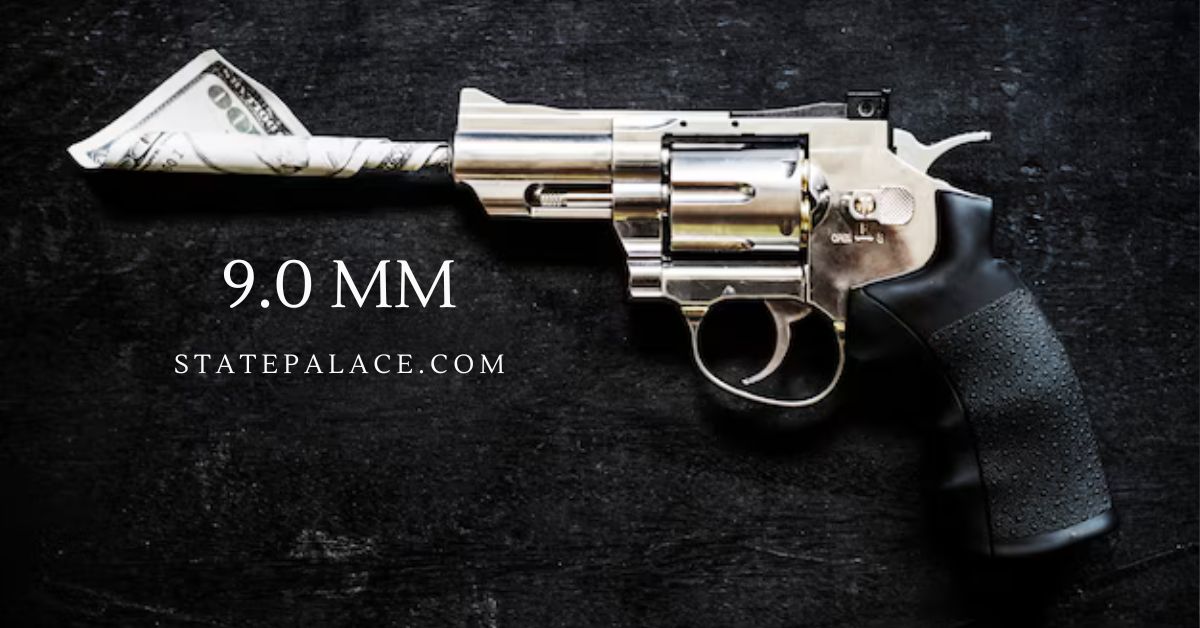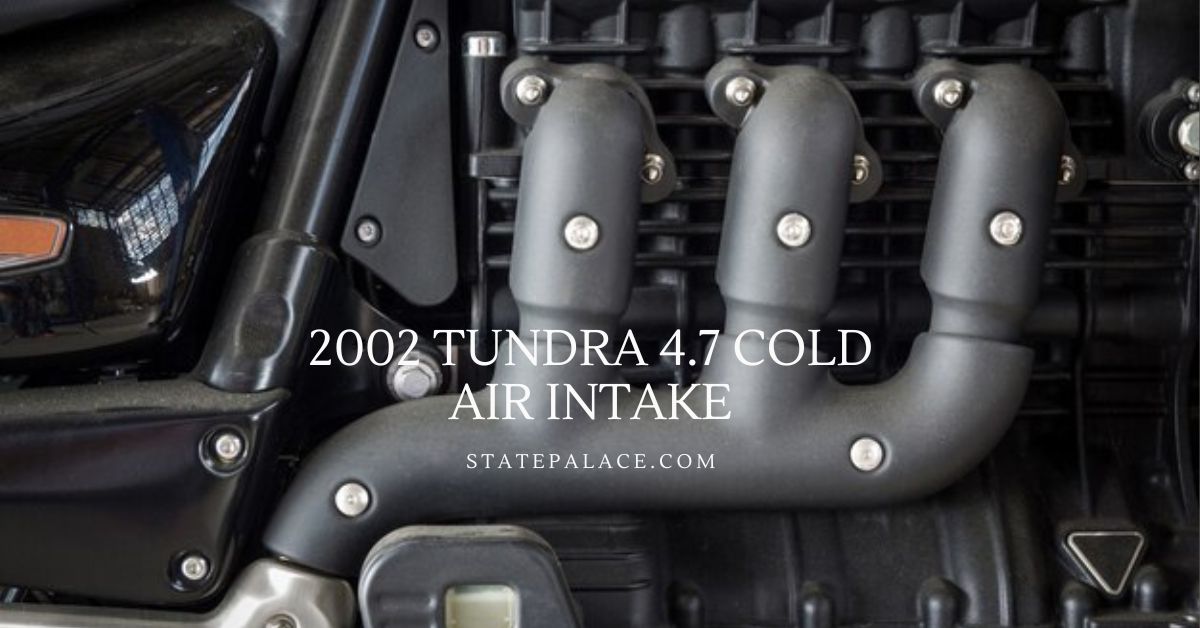Contents
- 1 What Is Fiber Glass 121 Textron?
- 1.1 Key Properties of Fiber Glass 121 Textron
- 1.2 Applications of Fiber Glass 121 Textron
- 1.3 Advantages of Using Fiber Glass 121 Textron
- 1.4 Fiber Glass 121 Textron vs. Traditional Materials
- 1.5 How Fiber Glass 121 Textron is Manufactured
- 1.6 Challenges and Limitations of Fiber Glass 121 Textron
- 1.7 The Future of Fiber Glass 121 Textron
- 2 Conclusion
Fiber Glass 121 Textron is a remarkable material that has been gaining significant traction in various industries due to its unique properties. This high-performance fiberglass offers unparalleled durability, versatility, and lightweight characteristics that make it ideal for a broad spectrum of applications. Whether used in manufacturing, construction, or transportation, Fiber Glass 121 Textron has redefined standards for materials in these sectors.
What Is Fiber Glass 121 Textron?
Fiber Glass 121 Textron is a specific type of fiberglass that is designed for advanced use in industries such as aerospace, automotive, and construction. It is engineered for superior strength, thermal resistance, and high impact durability. The material is often used to create strong, lightweight parts that can withstand extreme conditions.
Unlike traditional fiberglass, Fiber 121 Textron boasts a higher strength-to-weight ratio, making it particularly valuable in environments where weight reduction is crucial without sacrificing performance. The material is made from woven glass fibers that are tightly bound together, resulting in a structure that is both flexible and durable.
Key Properties of Fiber Glass 121 Textron
The success of Fiber Glass 121 Textron can be attributed to its key properties, which provide it with a significant advantage over other materials. These properties include:
- Lightweight Construction: Fiber Glass 121 Textron is much lighter than metal and other composites, making it ideal for industries where weight is a critical factor, such as aerospace and automotive design.
- High Strength and Durability: Despite its lightweight nature, this fiberglass material is incredibly strong and resistant to impact. This makes it suitable for products that need to endure heavy stress and pressure.
- Heat Resistance: The material can withstand high temperatures, which makes it ideal for use in environments that experience extreme heat.
- Corrosion Resistance: Unlike metals, Fiber 121 Textron is resistant to corrosion, which enhances its longevity and performance over time.
Applications of Fiber Glass 121 Textron
The versatility of Fiber Glass 121 Textron makes it suitable for a wide variety of applications across multiple industries. Here are some of the main sectors where it is used:
Aerospace Industry
In the aerospace industry, weight reduction and strength are critical for enhancing fuel efficiency and performance. Fiber Glass 121 Textron plays a pivotal role in the production of aircraft components, such as fuselage panels, wing skins, and interior parts. The material’s ability to withstand extreme conditions, including high temperatures and pressure, makes it an excellent choice for this sector.
Automotive Industry
Fiber Glass 121 Textron is also widely used in the automotive industry, where manufacturers rely on lightweight materials to enhance fuel efficiency and reduce emissions. The material is used to create body panels, bumpers, and interior components, helping to reduce the overall weight of vehicles without compromising on strength or safety.
Construction and Infrastructure
In construction, Fiber Glass 121 Textron is employed for a variety of purposes, including reinforcement in concrete structures and the creation of durable pipes and tanks. The material’s resistance to corrosion and high tensile strength makes it an ideal choice for building materials that need to endure harsh environments, such as marine or industrial settings.
Marine Industry
The marine industry benefits greatly from the use of Fiber Glass 121 in the construction of boats, ships, and offshore platforms. Its resistance to corrosion and high durability in saltwater environments make it the preferred material for constructing vessels that need to endure constant exposure to the elements.
Advantages of Using Fiber Glass 121 Textron
The increasing popularity of Fiber Glass 121 Textron in various industries can be attributed to several key advantages it offers over alternative materials:
- Cost-Effective: While Fiber Glass 121 Textron offers premium performance, it is more cost-effective than other high-performance materials like carbon fiber and certain metals.
- Customization: The material can be easily tailored to meet the specific needs of different applications, including varying thicknesses, textures, and properties to suit particular environments.
- Eco-Friendly: Fiber Glass 121 Textron is recyclable, which makes it a more environmentally friendly option compared to many other industrial materials that are difficult to dispose of.
Fiber Glass 121 Textron vs. Traditional Materials
When compared to traditional materials like steel or aluminum, Fiber Glass 121 presents several notable advantages:
- Lightweight vs. Heavy: Steel and aluminum, while strong, are significantly heavier than fiberglass. This weight difference can be crucial in sectors such as aerospace and automotive manufacturing, where lighter materials contribute to better performance.
- Corrosion Resistance: Unlike metals, which can rust and corrode over time, Fiber Glass 121 Textron maintains its integrity even when exposed to moisture and harsh environmental factors.
- Flexibility in Design: The material’s ability to be molded into different shapes and sizes offers more design freedom compared to rigid metals, allowing for more innovative and customized solutions in manufacturing.
How Fiber Glass 121 Textron is Manufactured
The manufacturing process for Fiber Glass 121 Textron is highly sophisticated, ensuring the material’s high quality and reliability. The process typically involves the following steps:
- Woven Glass Fiber Production: The first step is the production of woven glass fibers, which are made by drawing molten glass through fine openings and weaving them into a mesh.
- Resin Infusion: The woven fibers are then impregnated with a resin that binds them together. This resin enhances the strength and durability of the final product.
- Curing: The resin is cured at high temperatures, solidifying the material and providing the desired mechanical properties.
- Cutting and Shaping: After curing, the fiberglass material can be cut, shaped, and molded to fit the specific requirements of its intended application.
Challenges and Limitations of Fiber Glass 121 Textron
While Fiber Glass 121 Textron offers numerous benefits, there are some challenges and limitations to consider:
- Brittleness: While the material is strong, it can be more brittle than metals, which makes it susceptible to cracking or shattering under extreme impact.
- Manufacturing Complexity: The production process for high-quality fiberglass like 121 Textron can be complex, which may increase production time and costs for manufacturers.
- Not as Flexible as Rubber: Despite being lightweight, Fiber Glass 121 does not offer the same flexibility as some materials, such as rubber or plastics, which can limit its use in certain applications.
The Future of Fiber Glass 121 Textron
As industries continue to innovate and demand more advanced materials, the future of Fiber Glass 121 Textron looks promising. With ongoing advancements in manufacturing techniques and material science, we can expect further improvements in the performance and affordability of this versatile material. It is likely that its applications will expand, making it a more common choice in sectors such as renewable energy, medical devices, and more.
Conclusion
Fiber Glass 121 Textron has proven itself as a groundbreaking material with a wide range of applications across multiple industries. Its strength, durability, and lightweight nature make it an ideal choice for sectors such as aerospace, automotive, and construction. Although it comes with a few challenges, the benefits far outweigh the limitations, and its potential for future growth is immense. As industries continue to evolve and prioritize sustainability and performance, Fiber Glass 121 is poised to remain a key material in shaping the future of manufacturing and innovation.
FAQs
What makes Fiber Glass 121 Textron different from regular fiberglass?
Fiber Glass 121 Textron is specifically engineered for high-performance applications. It offers enhanced strength, heat resistance, and durability compared to traditional fiberglass.
Is Fiber Glass 121 Textron environmentally friendly?
Yes, Fiber Glass 121 Textron is recyclable, making it a more sustainable option compared to other materials that are harder to dispose of.
In which industries is Fiber Glass 121 Textron most commonly used?
It is most commonly used in aerospace, automotive, construction, and marine industries due to its strength, durability, and lightweight properties.
Can Fiber Glass 121 Textron withstand extreme temperatures?
Yes, Fiber Glass 121 Textron is known for its heat resistance, making it suitable for applications that involve high temperatures.
What are the main challenges of using Fiber Glass 121 Textron?
The main challenges include its brittleness under impact and the complexity of the manufacturing process. However, the benefits outweigh these limitations in many applications.
